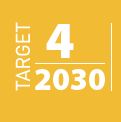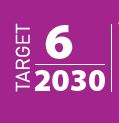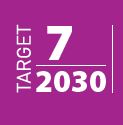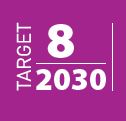





Child Safety Initiatives
Road traffic injuries are the leading cause of death for young people aged 5-29.
According to the Child Health Initiative, 3,000 children are killed or seriously injured on the world’s roads each day. Young children have some characteristics that put them at greater risk in the road environment. Children are:
- more likely to be hurt by an impact than an adult because they are physically ‘softer’ and are, therefore, more vulnerable
- smaller so harder to see and be seen by drivers over things like parked cars
- less able to recognize dangerous situations and less able to make decisions about safe behaviour (because their thinking abilities are not fully developed).
Pedestrians
Reduced speed limits and changing the road layout through engineering interventions such as traffic calming can reduce child pedestrian injuries (as well as injuries to cyclists and adult pedestrians). Traffic calming interventions include measures such as wide, accessible sidewalks, placing a raised concrete refuge in the middle of wide roads, putting speed bumps on the road or making the roads narrower to reduce traffic speed and volume, or to change the road environment to give priority to pedestrians.
The Star Ratings for Schools (SR4S) is an evidence-based tool for measuring, managing and communicating the risk children are exposed to on a journey to school. It supports quick interventions that save lives and prevent serious injuries from day one. Resources such as Pedestrian safety: a road safety manual for decision-makers and practitioners and Designing Streets for Kids provide valuable guidance.
Road safety education that focuses on the development of practical skills using problem solving methods, and educating children and their parents about the importance of adult supervision of young children whenever they are near a road, are also important.
Car passengers
For children in a vehicle, the main risk factor is the lack, or improper use, of a seatbelt. The three-point lap and diagonal seat-belt used by adults is not safe for children, who are smaller and lighter, as can be seen in the picture (see Related Images).
Specially made child restraints suitable for the child’s age and size, should be used for children, and these should ideally be rear-facing for younger children, and be placed in the back seat of the vehicle. There are many different types of child restraint. The child’s weight and height will determine which type is safest. An example of a child restraint for older children is pictured below. Seat-belts and child restraints: a road safety manual for decision-makers and practitioners provides an overview of what type of child restraint is best for children of different sizes.
Education and enforcement are important in encouraging parents to use child restraints, but these will be more effective if low-cost child restraints are widely available. Loan programmes that provide restraints for low-income families and schemes that help parents correctly install a child restraint into their vehicle can also be helpful.
Bicyclist and motorcyclist passengers
In countries where cycling is mainly a form of transport (rather than a leisure activity), a large proportion of children killed in crashes are likely to be cyclists. Similarly, where motorcycling is a common mode of transport, children who are passengers (or pillion riders) are also at risk. Other than exposure, one of the main things that increases the risks is the lack of correctly worn helmets.
Head injuries account for about two in three serious injuries to cyclists, and about 75% of cyclist fatalities, and wearing a helmet dramatically reduces the risk of head injury in bicycle crashes involving a motor vehicle for all age groups. Helmets should always be worn by child pillion passengers on motorcycles. Information on how helmet use can be increased is presented in Safer People Treatments – Helmets and further detail is presented in Helmets: a road safety manual for decision-makers and practitioners.
Children’s safety on two-wheeled transport can also be improved through infrastructure measures such as cycle tracks and lanes and motorcycle lanes where the volume of motorcycles is high.
Young drivers
Novice drivers aged 16-19 are inexperienced and at high risk compared with older and more experienced drivers. Drink-driving, speeding and non-use of seatbelts are risky behaviours that add to the risk, and peer pressure can also be factor. Young drivers with similar age passengers have a higher crash involvement.
Driver training and licensing programmes with a graduated or staged approach have been effective in some countries.
Treatment Summary
Case Studies
Related Images
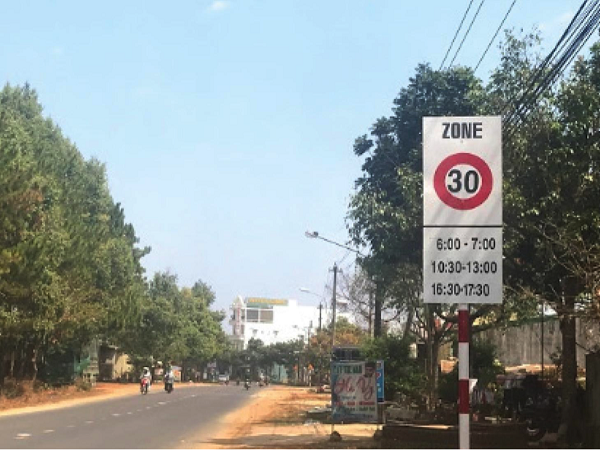 30km/h speed limit at a school in Vietnam. Image credit: Asia Injury Prevention Foundation
30km/h speed limit at a school in Vietnam. Image credit: Asia Injury Prevention Foundation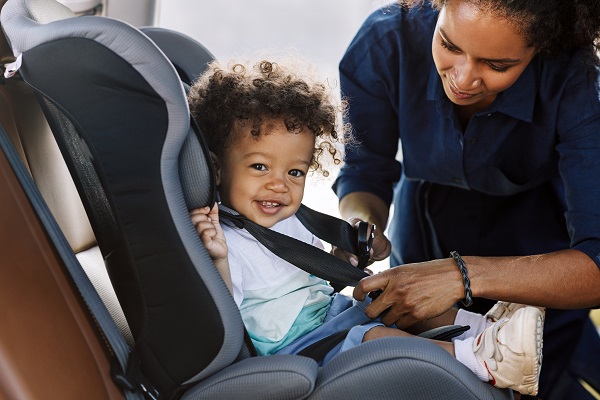 A child safety seat. Image credit: iStock
A child safety seat. Image credit: iStock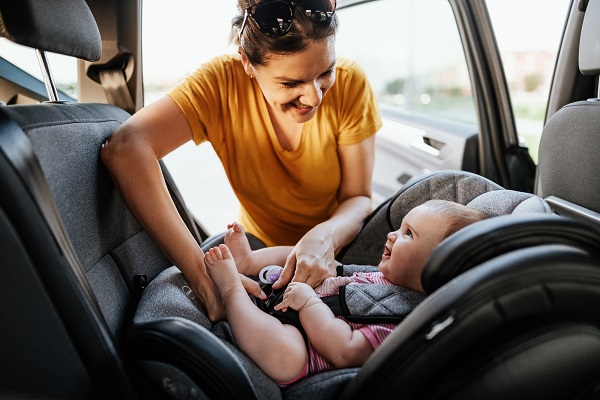 A child safety seat. Image credit: iStock
A child safety seat. Image credit: iStock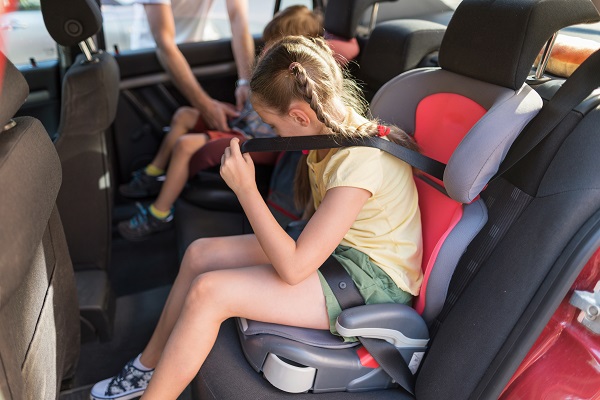 A child safety seat. Image credit: iStock
A child safety seat. Image credit: iStock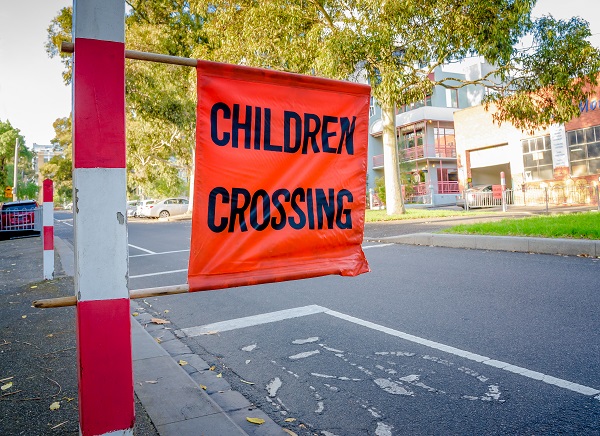 A children crossing sign in a school zone. Image credit: iStock
A children crossing sign in a school zone. Image credit: iStock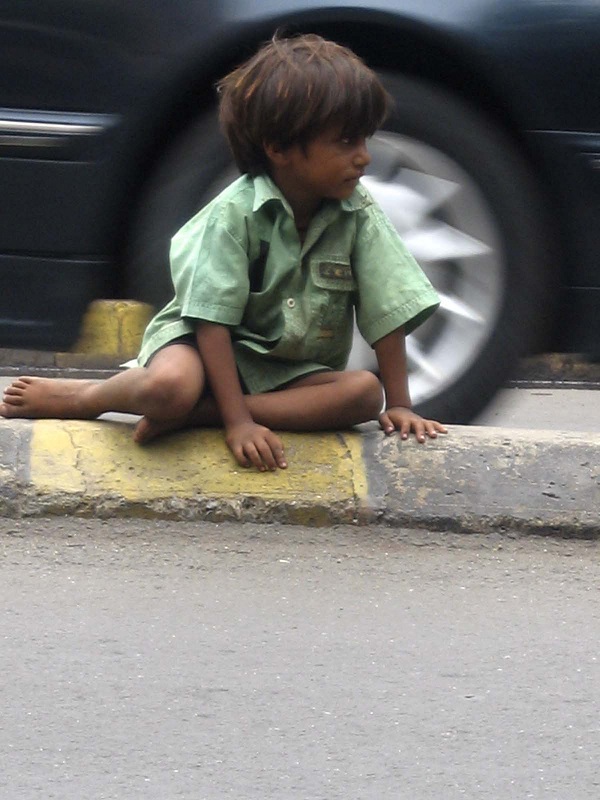 A child sits on the road. Image credit: Unknown
A child sits on the road. Image credit: Unknown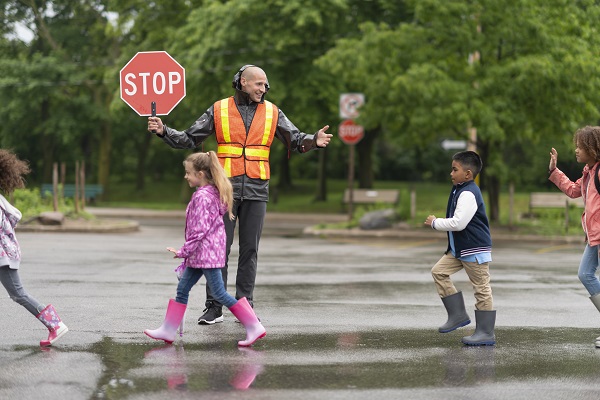 Children cross a road with a crossing supervisor. Image credit: iStock
Children cross a road with a crossing supervisor. Image credit: iStock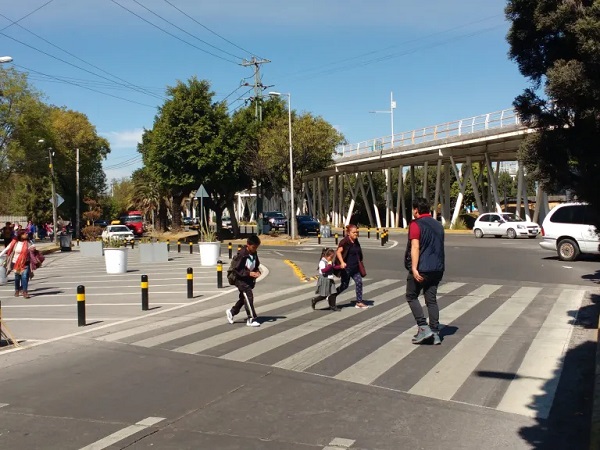 Pedestrian crossing and sidewalk at a school in Mexico. Image credit: ITDP
Pedestrian crossing and sidewalk at a school in Mexico. Image credit: ITDP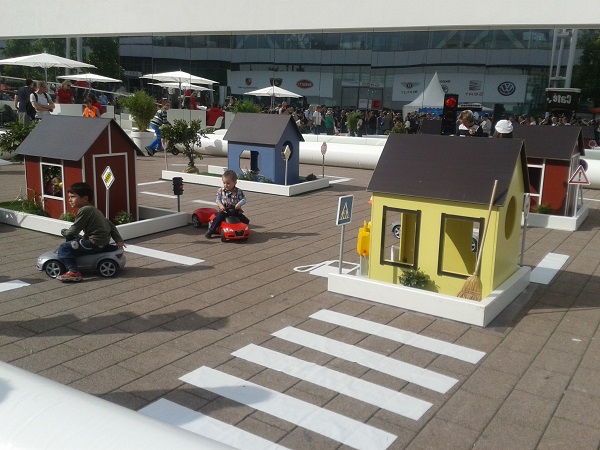 Road safety school for children, Germany. Image credit: Alina Burlacu
Road safety school for children, Germany. Image credit: Alina Burlacu School crossing improvements and Star Ratings. Image credit: Fundación Gonzalo Rodríguez
School crossing improvements and Star Ratings. Image credit: Fundación Gonzalo Rodríguez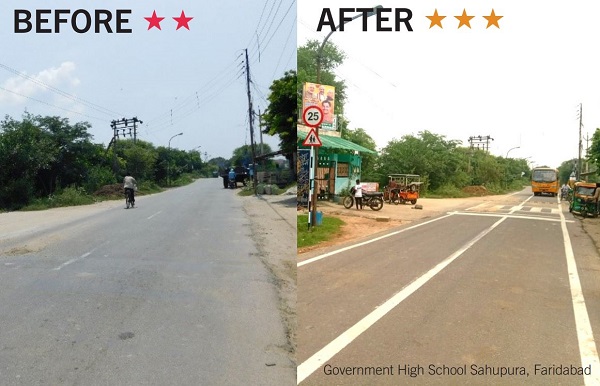 School crossing safety improvements in India. Image credit: TRAX
School crossing safety improvements in India. Image credit: TRAX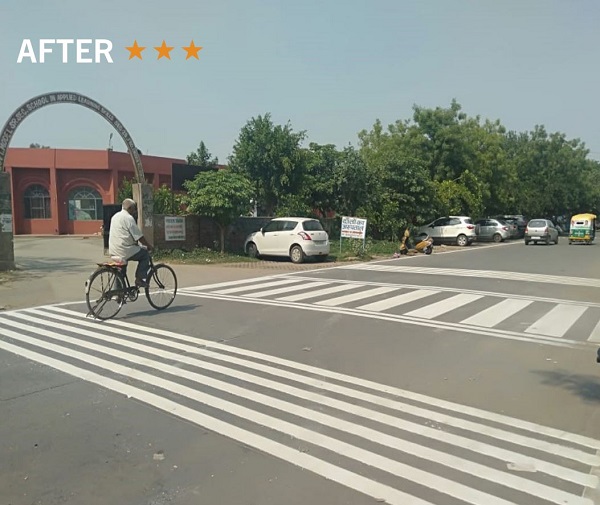 School crossing safety improvements in India. Image credit: TRAX
School crossing safety improvements in India. Image credit: TRAX School crossing safety improvements in India. Image credit: TRAX
School crossing safety improvements in India. Image credit: TRAX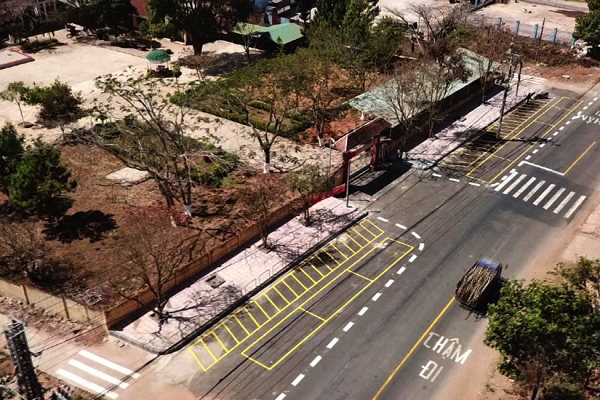 School safety improvements. Image credit: Asia Injury Prevention Foundation
School safety improvements. Image credit: Asia Injury Prevention Foundation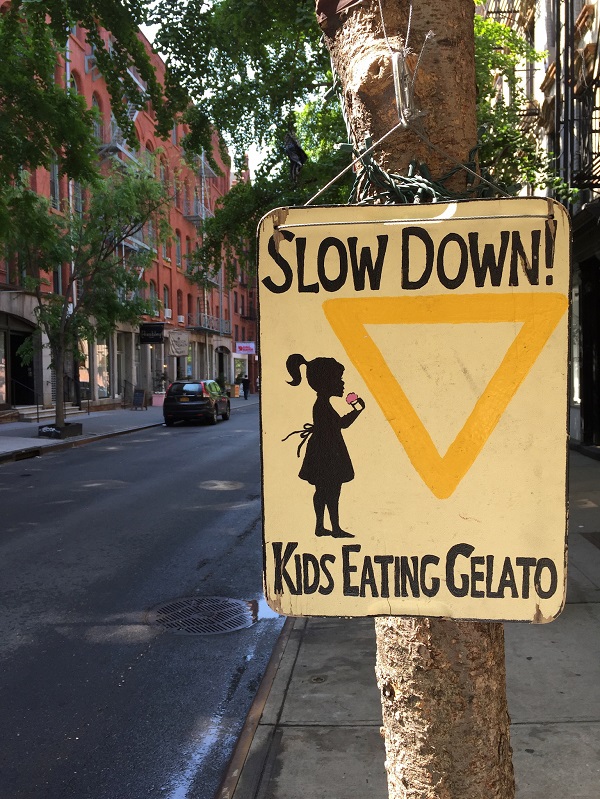 Vulnerable Road Users (VRU) in New York, USA. Image Credit: iRAP
Vulnerable Road Users (VRU) in New York, USA. Image Credit: iRAP Helmets for Children. Image credit: AIP Foundation
Helmets for Children. Image credit: AIP Foundation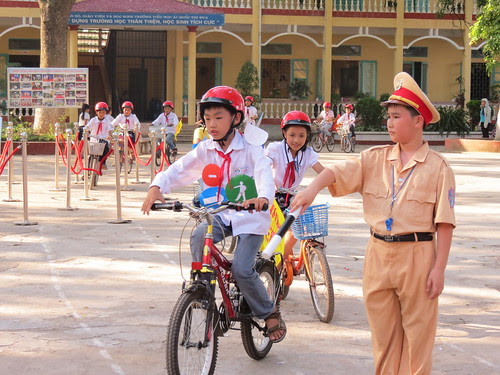 Helmets for Children. Image credit: AIP Foundation
Helmets for Children. Image credit: AIP Foundation Helmets for Children. Image credit: AIP Foundation
Helmets for Children. Image credit: AIP Foundation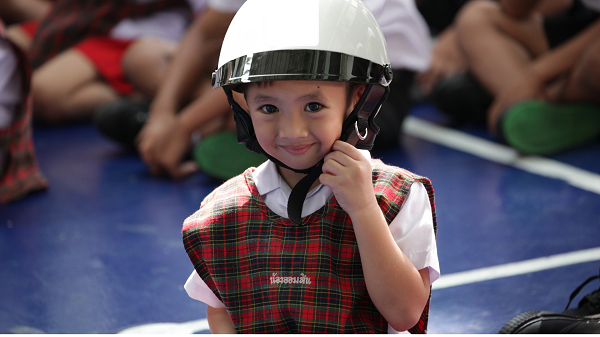 Helmets for Children. Image credit: AIP Foundation
Helmets for Children. Image credit: AIP Foundation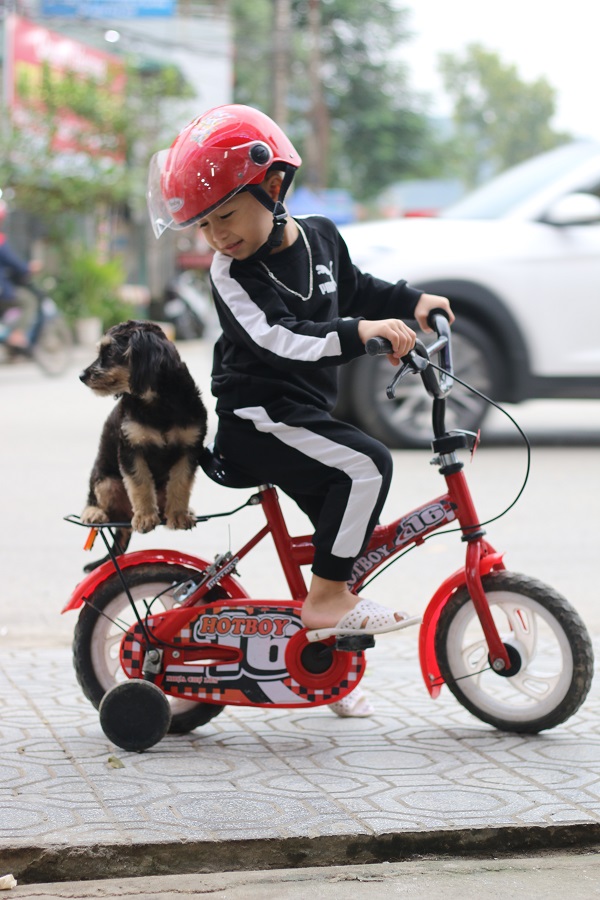 Helmets for Children. Image credit: AIP Foundation
Helmets for Children. Image credit: AIP Foundation Helmets for Children. Image credit: AIP Foundation
Helmets for Children. Image credit: AIP Foundation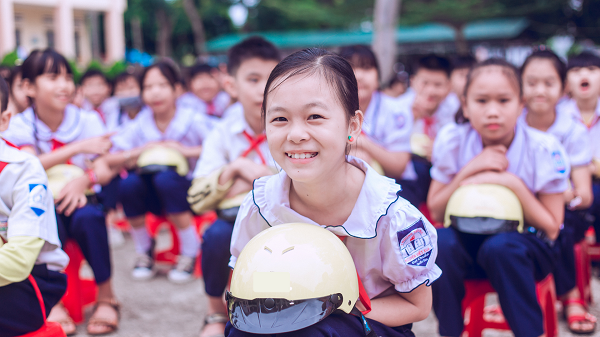 Helmets for Children. Image credit: AIP Foundation
Helmets for Children. Image credit: AIP Foundation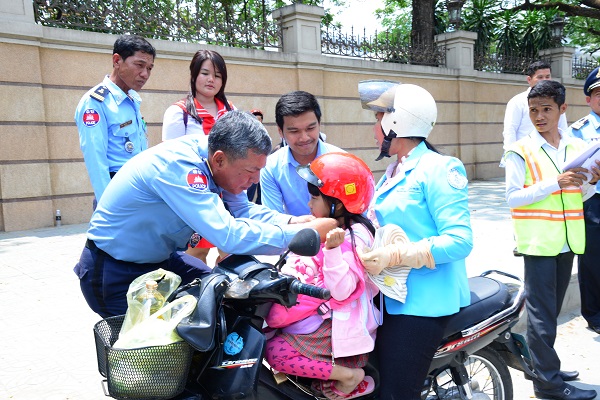 Helmets for Children. Image credit: AIP Foundation
Helmets for Children. Image credit: AIP Foundation Helmets for Children. Image credit: AIP Foundation
Helmets for Children. Image credit: AIP Foundation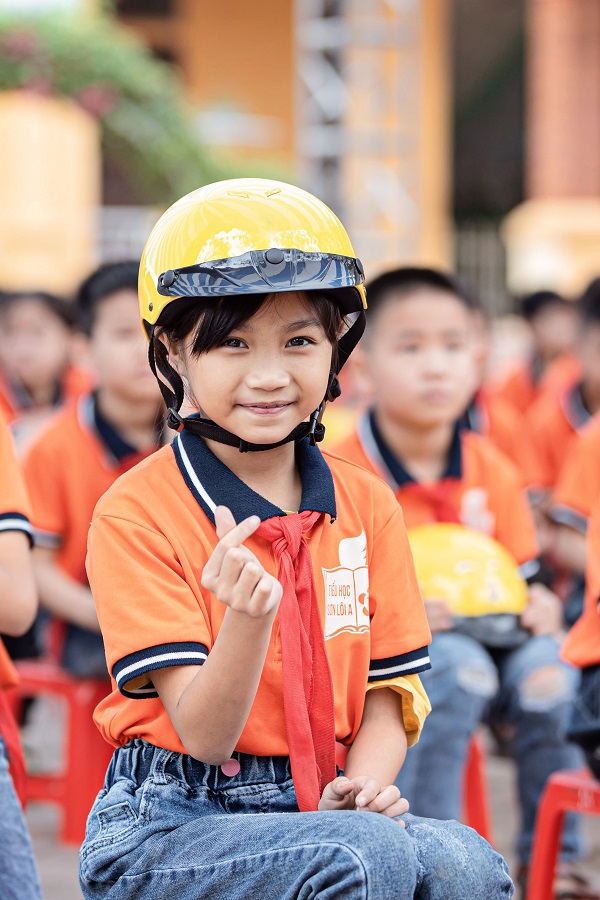 Helmets for Children. Image credit: AIP Foundation
Helmets for Children. Image credit: AIP Foundation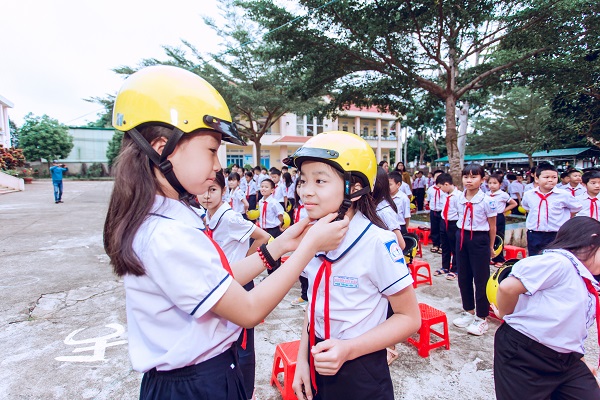 Helmets for Children. Image credit: AIP Foundation
Helmets for Children. Image credit: AIP Foundation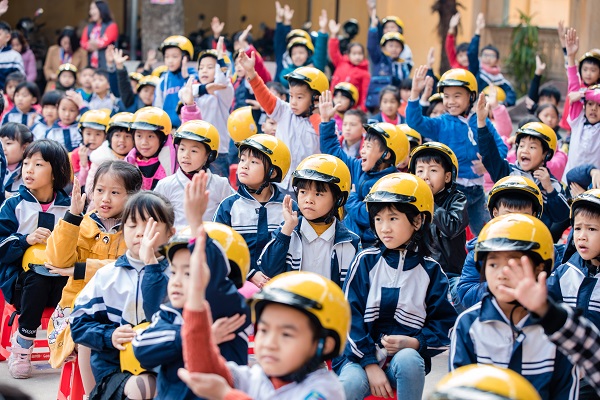 Helmets for Children. Image credit: AIP Foundation
Helmets for Children. Image credit: AIP Foundation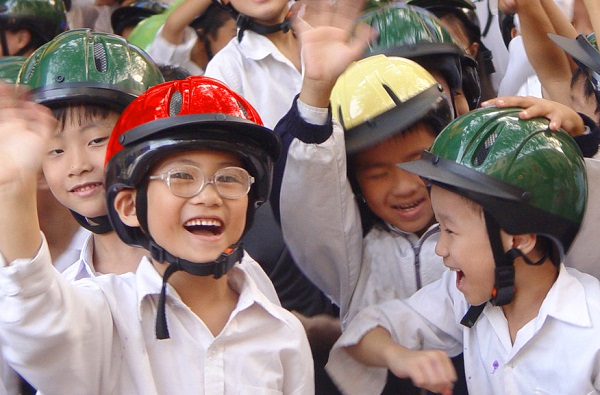 Helmets for Children. Image credit: AIP Foundation
Helmets for Children. Image credit: AIP Foundation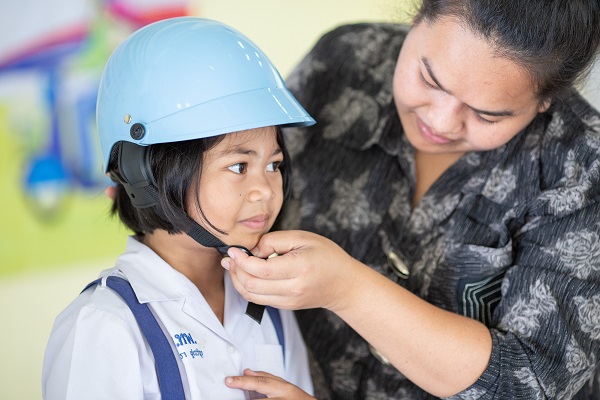 Helmets for Children. Image credit: AIP Foundation
Helmets for Children. Image credit: AIP Foundation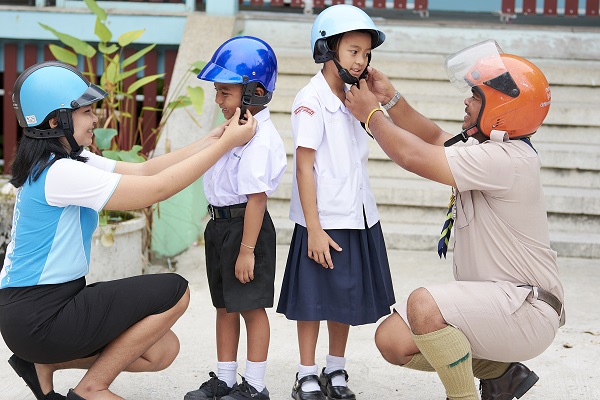 Helmets for Children. Image credit: AIP Foundation
Helmets for Children. Image credit: AIP Foundation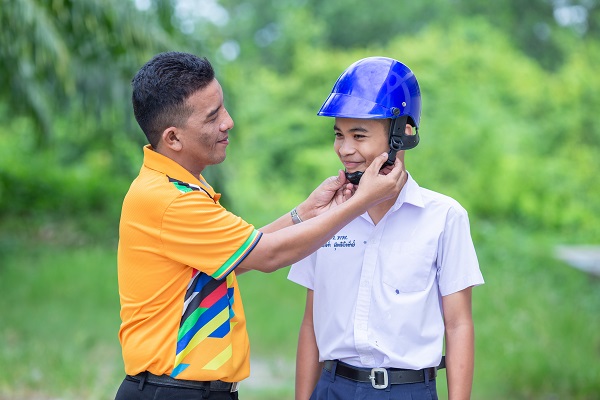 Helmets for Children. Image credit: AIP Foundation
Helmets for Children. Image credit: AIP Foundation Helmets for Children. Image credit: AIP Foundation
Helmets for Children. Image credit: AIP Foundation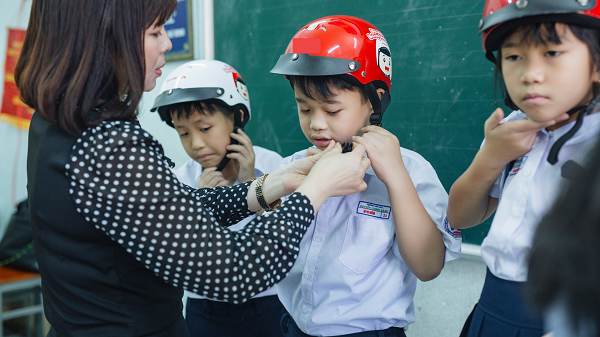 Helmets for Children. Image credit: AIP Foundation
Helmets for Children. Image credit: AIP Foundation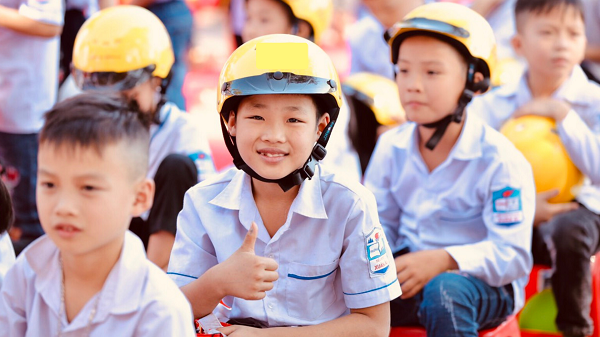 Helmets for Children. Image credit: AIP Foundation
Helmets for Children. Image credit: AIP Foundation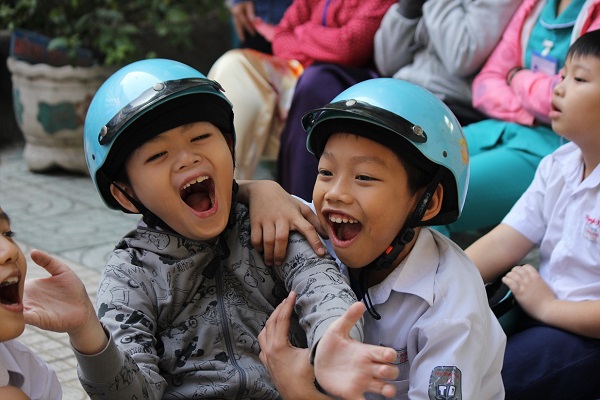 Helmets for Children. Image credit: AIP Foundation
Helmets for Children. Image credit: AIP Foundation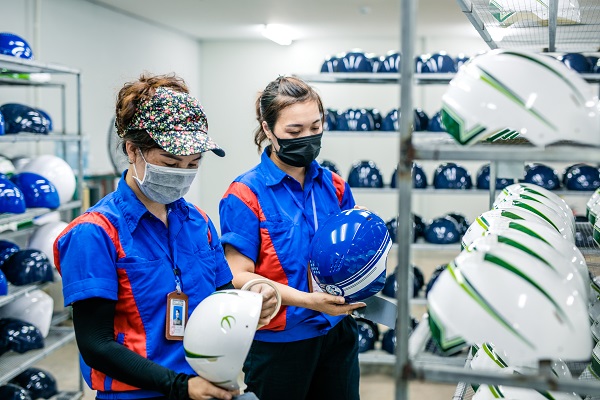 Helmets for Children. Image credit: AIP Foundation
Helmets for Children. Image credit: AIP Foundation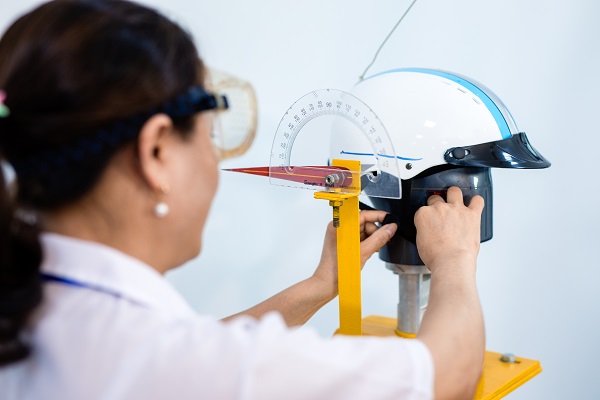 Helmets for Children. Image credit: AIP Foundation
Helmets for Children. Image credit: AIP Foundation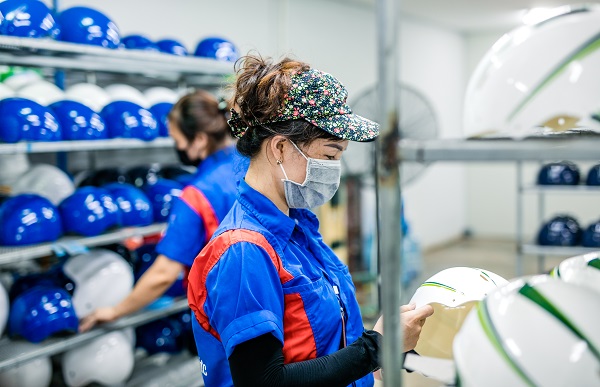 Helmets for Children. Image credit: AIP Foundation
Helmets for Children. Image credit: AIP Foundation










